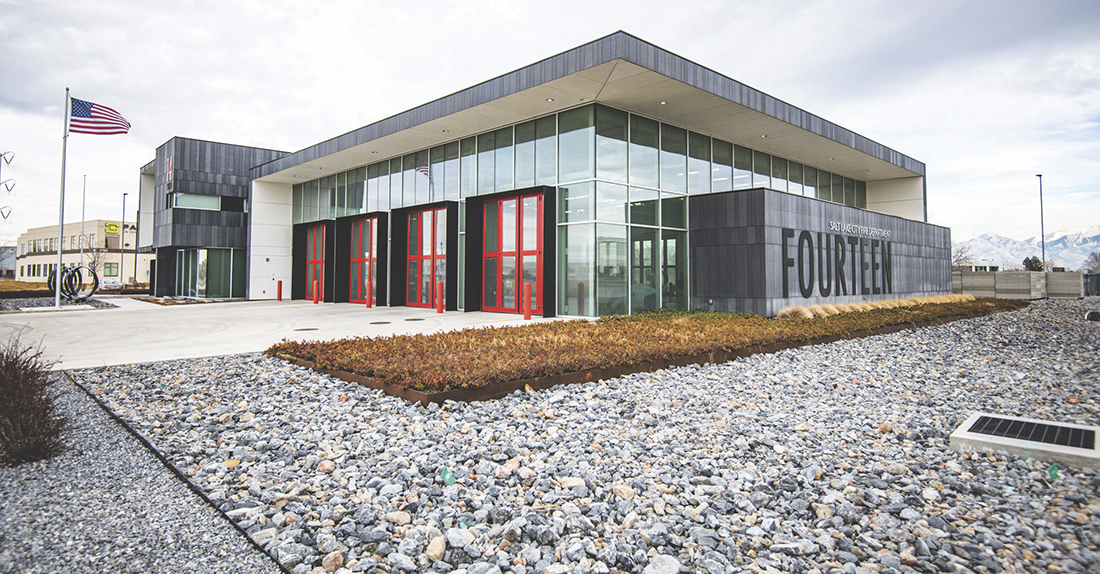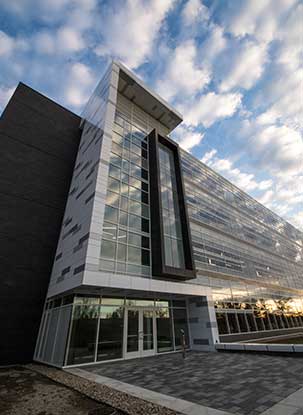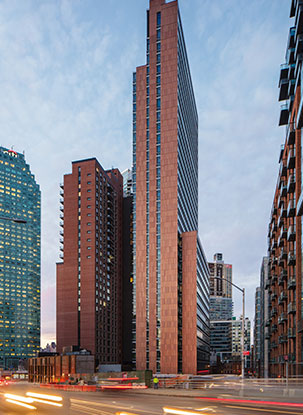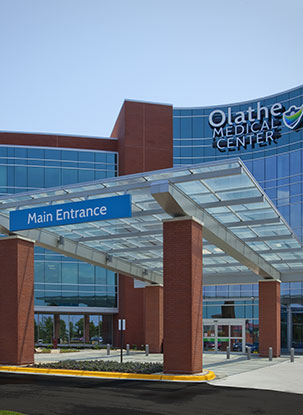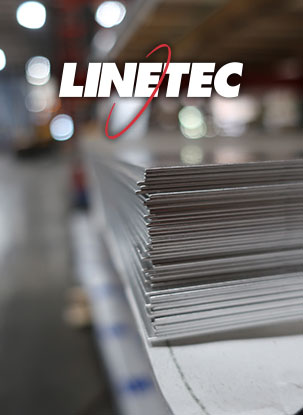In our risk-adverse society, adding something extra makes us feel safer. Extra insurance, extra features and extra layers often means we have greater protection. But, sometimes, less is more. When it comes to clear coats on architectural aluminum products, this “extra” may only be an extra expenditure. While an added clear coat can increase cost, it generally does not improve performance for most painted, and all anodize, finishes.
A clear coat is a transparent coating applied on the very top of an architectural coating system. Painted finishes in standard colors typically are two-coat systems that include a primer and the color coat, and do not require a clear topcoat.
 Linetec’s standard colors of painted finishes for architectural aluminum utilize a 70% PVDF resin-based coating system that already offers the highest level of performance. These finishes exhibit outstanding resistance to humidity, color change, chalk, gloss loss and chemicals. They are formulated for durable, reliable performance and applied to ensure a long-lasting, optimal appearance.
Linetec’s standard colors of painted finishes for architectural aluminum utilize a 70% PVDF resin-based coating system that already offers the highest level of performance. These finishes exhibit outstanding resistance to humidity, color change, chalk, gloss loss and chemicals. They are formulated for durable, reliable performance and applied to ensure a long-lasting, optimal appearance.
With two-coat systems, adding a third coat essentially wastes time and money without adding value.
Clear coats should be reserved for three- or four-coat systems, namely painted finishes in specialty colors and metallics. These finishes may require a clear topcoat for extra UV protection to maintain color integrity, especially for vibrant hues. Metallic painted finishes utilize a clear coat to protect and encapsulate the metal flake in the finish.
Unless the three- or four-coat paint system manufacturer requires it, adding a clear coat is not recommended and does not extend the longevity, performance or warranty of the finish.
Unfortunately, adding a clear coat when it is not needed may negatively affect the paint’s color, especially for certain white tones and lighter colors. This is because clear coats are not entirely clear, they have a slight yellow tinge. The yellowing property of “clear” coats causes white finishes and lighter colors to skew toward a warmer, often unwanted hue. Clear coats will cause inconsistency with light colors and make a pure white finish visually register as off-white, creating an appearance untrue to the original intent of the design.
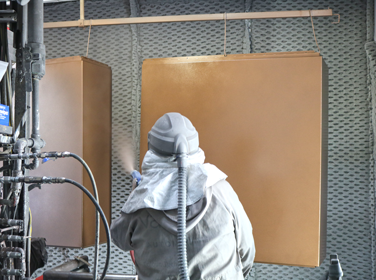
Color consistency cannot be guaranteed by the finisher for lighter colors that have an additional clear coat.
Anodize finishes offer another example where a clear coat is unnecessary and potentially detrimental to the performance. The anodizing process produces an oxide film which is uniform, hard and protects the aluminum substrate from deterioration. This process creates a finish that is an integral part of the metal and does not need an additional coating.
High-performance anodize finishes provide excellent wear and abrasion resistance, while withstanding the ravages of time, temperature, corrosion, humidity and warping. Linetec’s environmentally friendly , anodize aluminum is also an inert material that is not combustible, 100% recyclable and poses no health risks.
Adding a clear coat to an anodize finish is not recommended under any circumstance.
Please consult with us regarding any questions on the costs vs. benefits of adding a clear coat to your finish specification. As your single source solution for architectural finishing, we look forward to working with you to deliver the results and savings you need.
